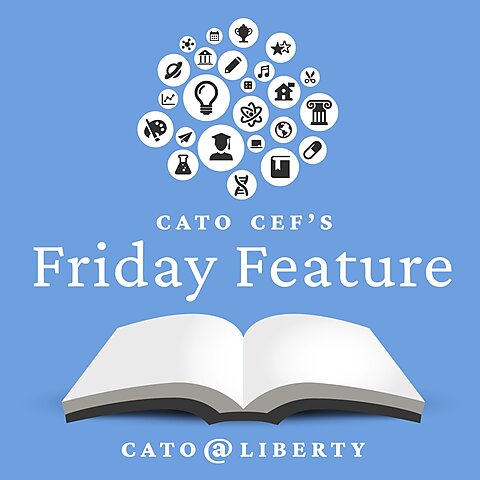In early 2018, I received an email from our local Christian academy with “Exciting Opportunity” in the subject line. “We are excited to introduce you to a refreshing new development in classical Christian education: the Classic Learning Test (CLT),” the email began. At the time, according to the email, the test was accepted by nearly 90 colleges and universities.
That fall, my daughter took the Classic Learning Test as she was applying to colleges. Little did we know how the CLT would take off in the coming years. It is now accepted by more than 250 colleges and universities for admissions and scholarships.
The Classic Learning Test features readings from classic literature and historical texts that have shaped Western culture. The test was created in 2015 by a teacher, Jeremy Tate, who had learned to appreciate classical education despite not growing up with it. “I first discovered classical literature when I was living in a tent in Alaska in 2001. I had no other form of entertainment and spent countless hours reading the works of Russian author Fyodor Dostoevsky,” he recalls. “After graduating from LSU I went to Reformed Theological Seminary (RTS) where I was more fully immersed in the classical tradition. The formation I received at RTS shaped my vision for education and profoundly inspired the launching of the Classic Learning Test.”
In 2013, while teaching evening classes to eleventh-grade students who had failed English, Jeremy looked through the materials and realized why the students were bored and disconnected. He completely re-vamped the class, getting rid of the textbooks and buying the students copies of Flannery O’Connor’s short stories. Each evening, they formed a circle, read out loud, and paused when anyone wanted to discuss the reading. It completely changed the dynamics of the class—students who previously were completely uninterested in the material became enthusiastic when they were given readings that delved into topics like religion, philosophy, ethics, or the nature of good and evil.
Jeremy realized he was on to something. He recognized that the SAT and ACT had become the drivers for most high school curricula, so he decided to create an alternative test that would help revitalize education. The CEO of the College Board, which produces the SAT, has acknowledged that “teachers will teach towards the test. There is no force on this earth strong enough to prevent that.” Given that, the CLT website notes, “Shouldn’t those tests engage students with the thinkers and writings that have most meaningfully shaped our culture for the past two millennia?”
CLT exams emphasize critical thinking and problem-solving to help parents and teachers evaluate their students. The tests include Verbal Reasoning (textual comprehension and analysis), Grammar/Writing (textual editing and improvement), and Quantitative Reasoning (logic and mathematics). Exam results include an analytics report that explains the student’s outcome and performance.
The main CLT is for high school juniors and seniors and serves as an alternative to the SAT and ACT for admission to hundreds of colleges. The CLT10 is aimed at ninth- and tenth-grade students, similar to the PSAT. For younger kids, the CLT3‑8 exams assess language arts and mathematics to track student growth and abilities. Students can take the tests at schools or by being remotely proctored at home. There are test dates offered throughout the year, and students can test multiple times to try to improve their score.
Recent years have seen a resurgence in classical learning. The Friday Feature has profiled many classical educational entities, including public and private schools, full- and part-time programs, homeschool co-ops, and organizations that help support classical education. The CLT has played a big role in that revival by giving schools and families a more fitting way to evaluate and track the results of their efforts.
Jeremy has said that one of the goals of CLT is to help revitalize American education. To further that goal, his staff works to get the CLT accepted by states that have testing requirements for homeschoolers or students who participate in school choice programs, such as education savings accounts. The CLT website includes a map that shows which states have homeschool testing requirements and which of those accept CLT for that requirement. There’s also a page that lists which state school choice programs partner with CLT.
There are many successes that Jeremy could point to when he evaluates how far CLT has come, but he’s quick to say what tops the list. “The most rewarding aspect of the CLT journey has been meeting the young people who are receiving this kind of education,” he explains. “Truly, the best argument for classical education is found in the character of the young people who are receiving this kind of education. They are truly amazing and CLT is blessed to employ many of them.”


